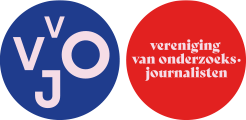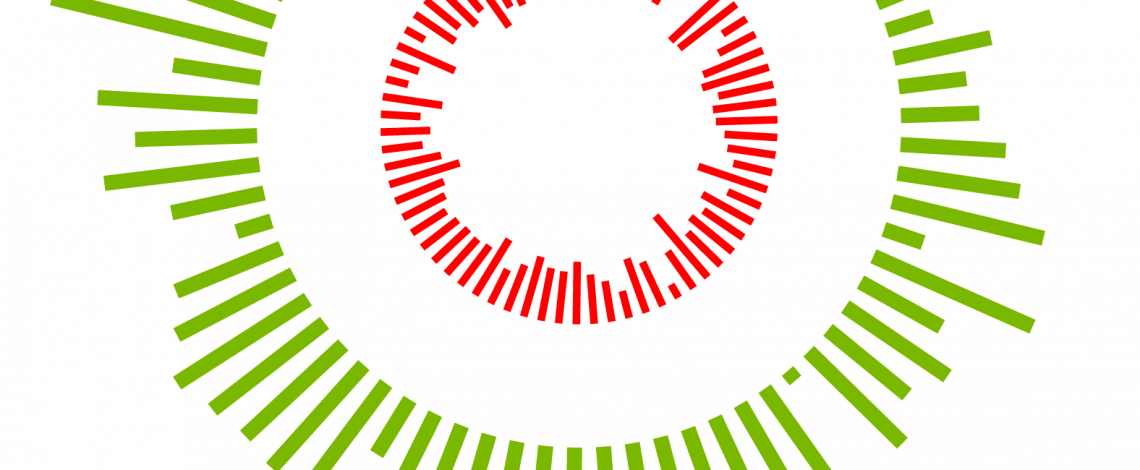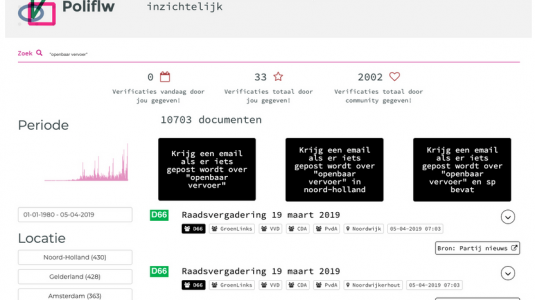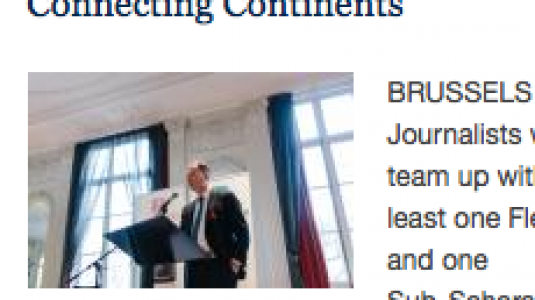Gooi een vraag hoe het beste een netwerk te visualiseren in een netwerk van datajournalisten gerund door de Open Knowledge Foundation en je krijgt een keur aan antwoorden. Maar even verzameld dus. In willekeurige volgorde, dat dan weer wel. Wie zijn of haar favoriet wil delen, doe dat dan in een reactie op deze Tipflits?
[1] https://support.google.com/fusiontables/answer/2566732?hl=en: offers some very basic network visualisation tooling that is pretty easy to use.
[2] https://networkx.github.io/: If you can write Python then the networkx module allows you to build, analyse and visualise networks.
[3] http://gephi.github.io/: interactive visualization and exploration platform for all kinds of networks and complex systems, dynamic and hierarchical graphs. Runs on Windows, Linux and Mac OS X. Gephi is open-source and free.
[4] http://nodexl.codeplex.com/: NodeXL is a free, open-source template for Microsoft® Excel® 2007, 2010 and 2013 that makes it easy to explore network graphs.
[5] http://tulip.labri.fr/TulipDrupal/: information visualization framework dedicated to the analysis and visualization of relational data.
[6] https://kumu.io/: a web-based visualization platform that helps you think through relationships and develop lasting solutions. Projects can be public or private and your whole team’s invited. Example:
http://www.njspotlight.com/stories/15/05/01/key-players-in-bridgegate/
[7] https://www.silk.co/: a free tool that can very easily build filter views to show relationships between people or other entities. No coding required. All you need is a clean spreadsheet. Here’s an example (from Titanic passenger logs) http://titanic.silk.co/
[8] example: http://palladio.designhumanities.org/#/
[9] http://linkurio.us/: helps search and visualize your graph data through a simple web-based interface.
[10] https://vis.occrp.org/: visual investigative scnarios, specially made for investigative reporters.
[11] http://www.graphviz.org: open source graph visualization software. Graph visualization is a way of representing structural information as diagrams of abstract graphs and networks.
[12] http://graphalchemist.github.io/Alchemy/#/: Alchemy.js, creates applications with nuilt-in features ike search, clustering, and filters, or embed small graphs as visual elements in larger projects.
En dan zijn er nog uitgebreide overzichten van mogelijke tools op https://docs.google.com/a/poderopedia.com/spreadsheets/d/1Xo-ehJatzmxMek6gPG0h-d7yRSuiO6_flViTQNMAku0/edit#gid=1436880883 (gemaakt door Influence Mappers Global Network, een groep van organisaties en individuen die van het visualiseren van netwerken hun vak maken) en https://en.wikipedia.org/wiki/Social_network_analysis_software#Collection_of_social_network_analysis_tools_and_Libraries.
